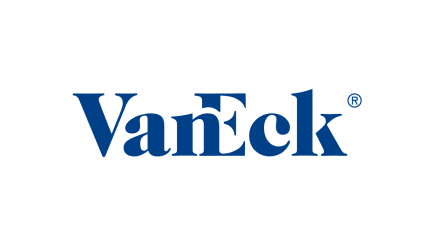Natalia Gurushina
Chief Economist, Emerging Markets Fixed Income
DM Peak Rate Expectations
Developed markets (DM) inflation worries are back, and this means that global rates are under pressure yet again, while the market expectations for DM peak rates are re-testing the past highs (see chart below). This week, an upside inflation surprise in the Eurozone (especially in core prices) was probably the most “visible” indicator. Still, a big jump in the “prices paid” component of February’s ISM manufacturing survey and today’s very unfortunate combo of lower Q4 productivity growth and higher unit labor costs added to concerns about the inflation outlook for the U.S… Tomorrow’s “prices paid” sub-index in the ISM survey for services is likely to attract some extra attention as well.
Inflation Surprises
The inflation surprise index for DMs changed direction recently and started to move higher – much more than a similar index for emerging Ms. Does it mean that EMs are better positioned to escape the inflation “curse”? As you know, we try to look through high-frequency data noise, but we have to admit that the question about potentially diverging longer-term inflation trajectories in EM and DM started to pop up in our discussions more frequently. China aside, EMs’ demographic situation is more favorable than in DM, which means fewer labor supply constraints and the rising middle class (with a greater pool of savings, including pension funds).
EM Inflation Outlook
Another point is that emerging economies, on average, have lower debt/GDP ratios, and EM governments are aware that the market and rating agencies will notice a lack of fiscal discipline. Arguably, this reduces the need for fiscal dominance (which, by the way, tends to produce undesirable side effects), allowing policy rates to do their job properly. Finally, new technologies would require significant future investments both in EM and DM, but many EMs – especially “EM Graduates” – skipped some technological states and have the newer infrastructure (=potentially a better “fit” between the pool of savings and the need for capital). We know that EMs already pay higher real rates, but aren’t recent developments mean further support for EM going forward, not less? Stay tuned!
Chart at a Glance: DM Peak Rate Expectations – Re-Testing the Highs

Source: VanEck Research; Bloomberg LP.
For more news, information, and analysis, visit the Beyond Basic Beta Channel.
Originally published by VanEck on March 2, 2023.
PMI – Purchasing Managers’ Index: economic indicators derived from monthly surveys of private sector companies. A reading above 50 indicates expansion, and a reading below 50 indicates contraction; ISM – Institute for Supply Management PMI: ISM releases an index based on more than 400 purchasing and supply managers surveys; both in the manufacturing and non-manufacturing industries; CPI – Consumer Price Index: an index of the variation in prices paid by typical consumers for retail goods and other items; PPI – Producer Price Index: a family of indexes that measures the average change in selling prices received by domestic producers of goods and services over time; PCE inflation – Personal Consumption Expenditures Price Index: one measure of U.S. inflation, tracking the change in prices of goods and services purchased by consumers throughout the economy; MSCI – Morgan Stanley Capital International: an American provider of equity, fixed income, hedge fund stock market indexes, and equity portfolio analysis tools; VIX – CBOE Volatility Index: an index created by the Chicago Board Options Exchange (CBOE), which shows the market’s expectation of 30-day volatility. It is constructed using the implied volatilities on S&P 500 index options.; GBI-EM – JP Morgan’s Government Bond Index – Emerging Markets: comprehensive emerging market debt benchmarks that track local currency bonds issued by Emerging market governments; EMBI – JP Morgan’s Emerging Market Bond Index: JP Morgan’s index of dollar-denominated sovereign bonds issued by a selection of emerging market countries; EMBIG – JP Morgan’s Emerging Market Bond Index Global: tracks total returns for traded external debt instruments in emerging markets.
The information presented does not involve the rendering of personalized investment, financial, legal, or tax advice. This is not an offer to buy or sell, or a solicitation of any offer to buy or sell any of the securities mentioned herein. Certain statements contained herein may constitute projections, forecasts and other forward looking statements, which do not reflect actual results. Certain information may be provided by third-party sources and, although believed to be reliable, it has not been independently verified and its accuracy or completeness cannot be guaranteed. Any opinions, projections, forecasts, and forward-looking statements presented herein are valid as the date of this communication and are subject to change. The information herein represents the opinion of the author(s), but not necessarily those of VanEck.
Investing in international markets carries risks such as currency fluctuation, regulatory risks, economic and political instability. Emerging markets involve heightened risks related to the same factors as well as increased volatility, lower trading volume, and less liquidity. Emerging markets can have greater custodial and operational risks, and less developed legal and accounting systems than developed markets.
All investing is subject to risk, including the possible loss of the money you invest. As with any investment strategy, there is no guarantee that investment objectives will be met and investors may lose money. Diversification does not ensure a profit or protect against a loss in a declining market. Past performance is no guarantee of future performance.







